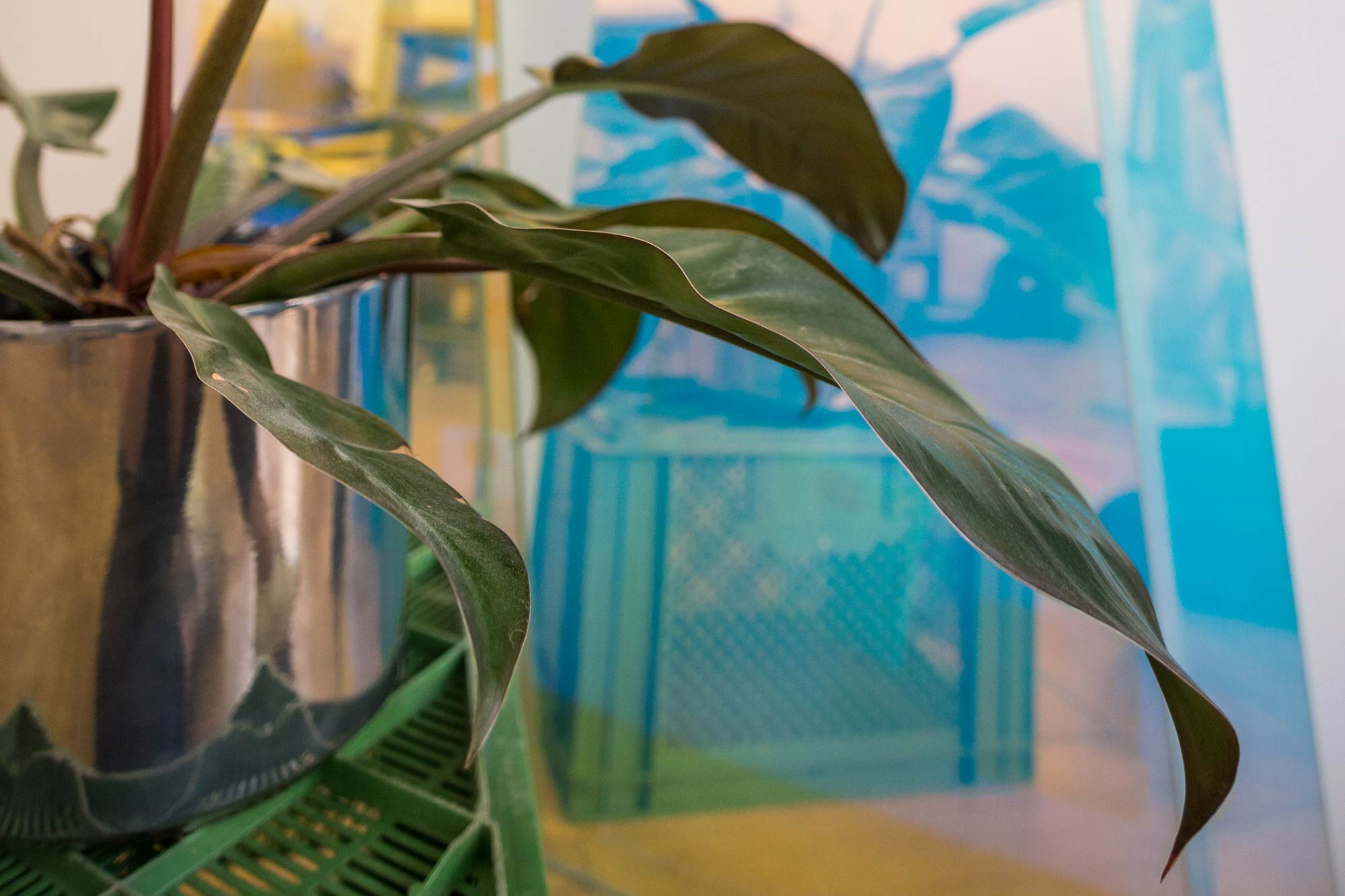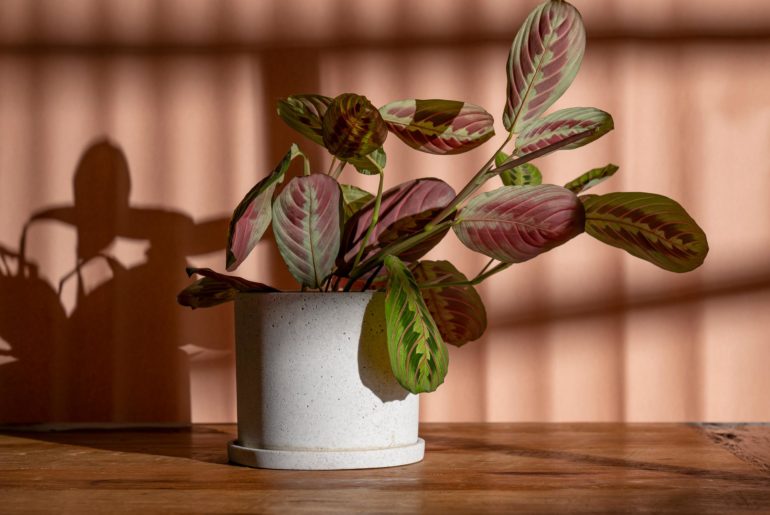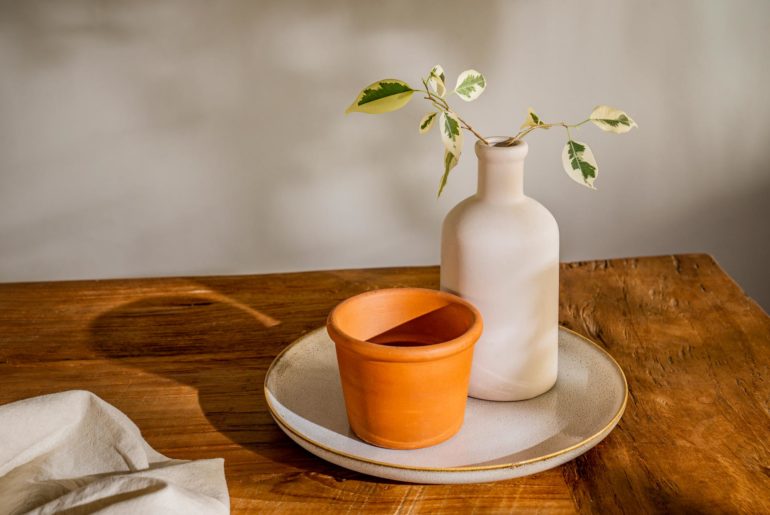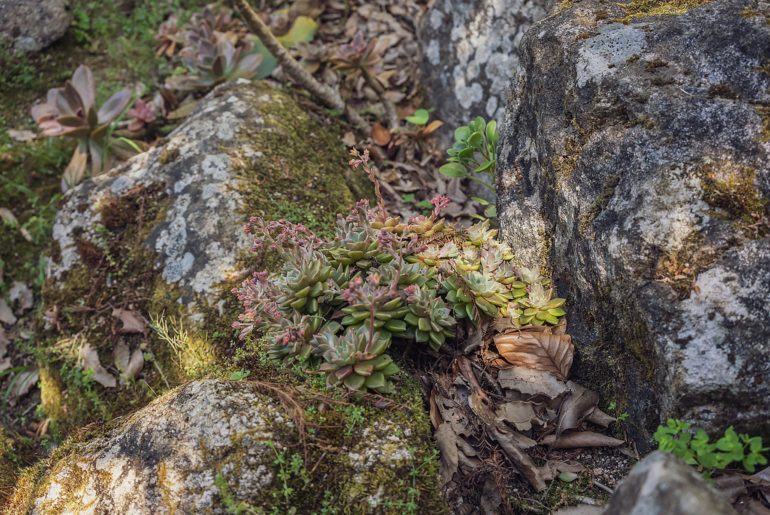Philodendron Rojo Congo
Say hello to my new friend Philodendron Rojo Congo. We met a couple of weeks ago, when this curiously coloured character found its way onto my desk. It took me several google attempts to ascertain it’s species, but I wasn’t completely surprised to discovered it to be yet another Philodendron – the Araceae family does after all, have close to 500 different species.
The Philodendron Rojo Congo can be identified by the bright red colour of young foliage. As the plant ages, the lance shape leafs turn a deeper darker green while the leaf stems retain their deep Auburn hue.
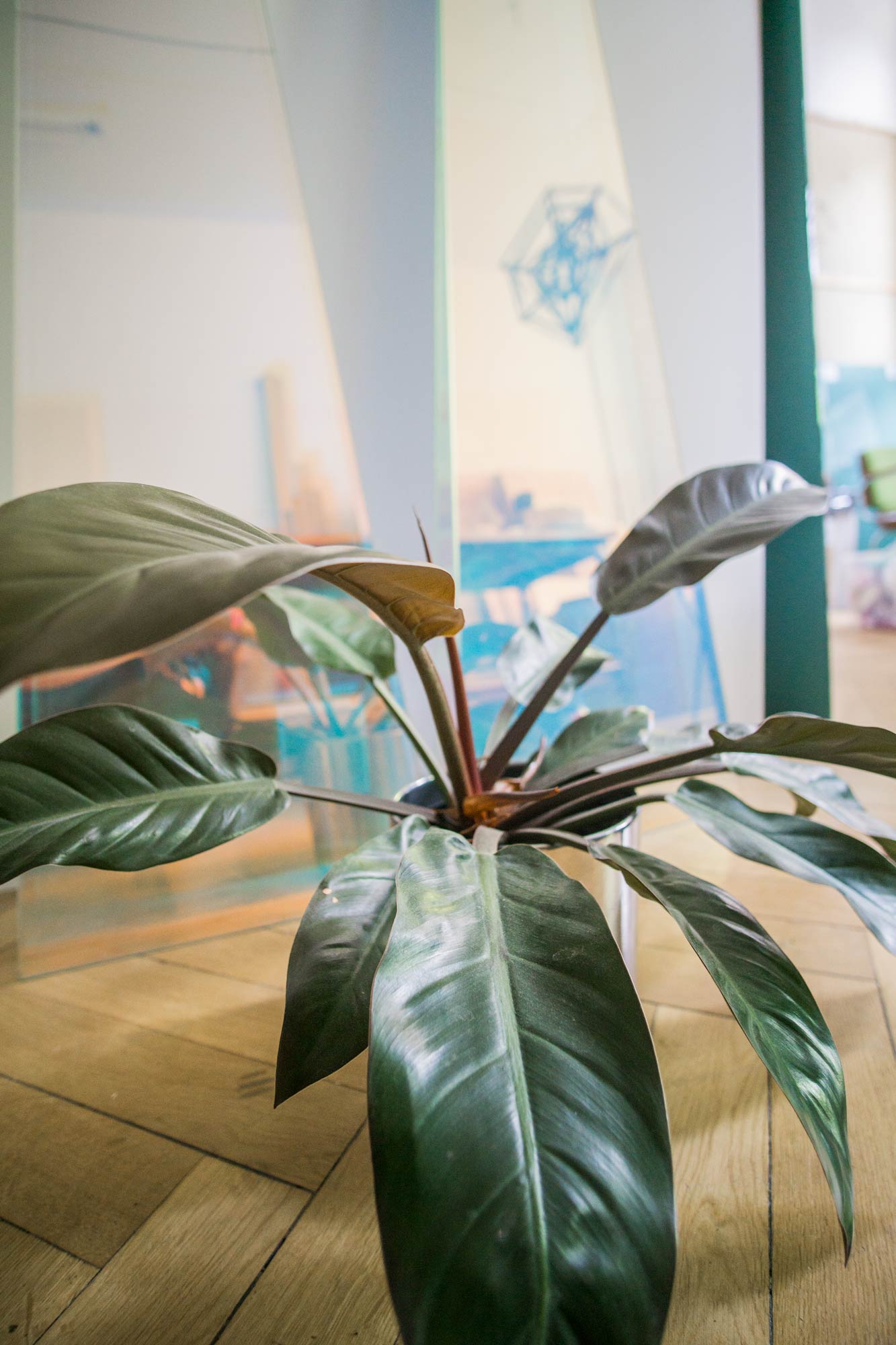
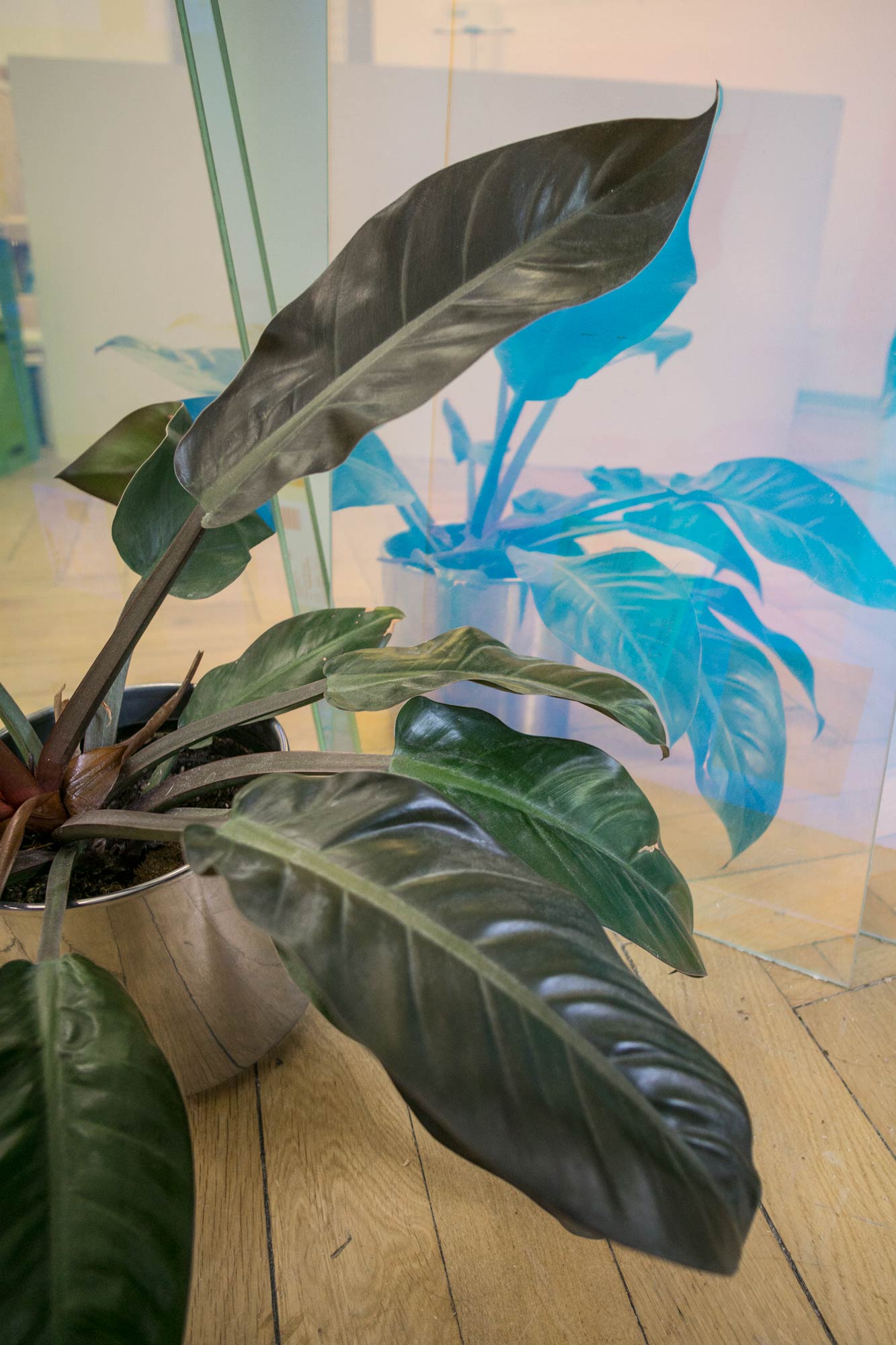
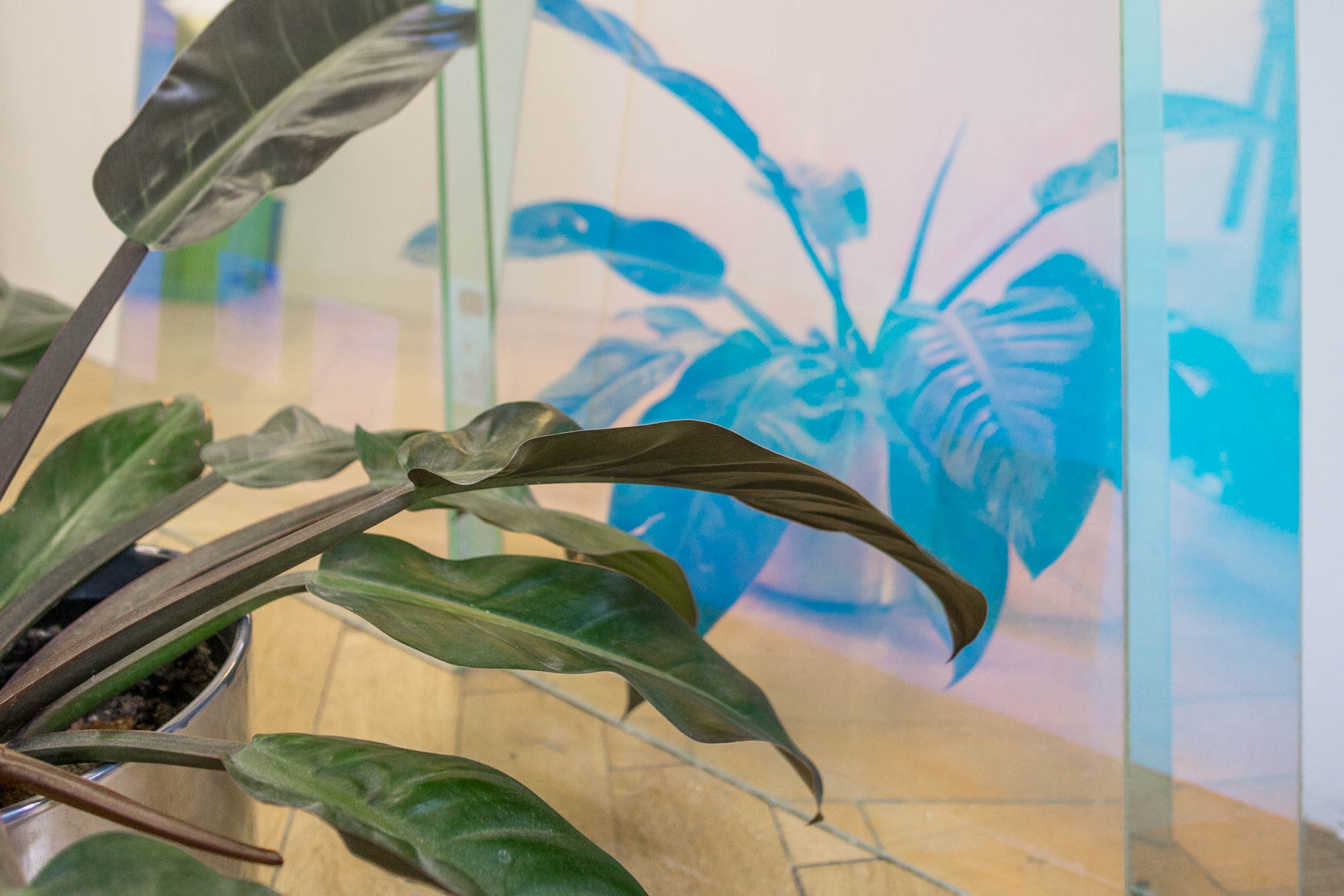
From the ancient Greek “philos” which means “love” and “dendron”, meaning “tree”, the name philodendron describes the species’ propensity for winding around trees. But unlike it’s brother Monstera, the Rojo does not share this climbing character. Instead, like the Xanadu, this philodendron is self-heading, which means it grows upwards and outwards.
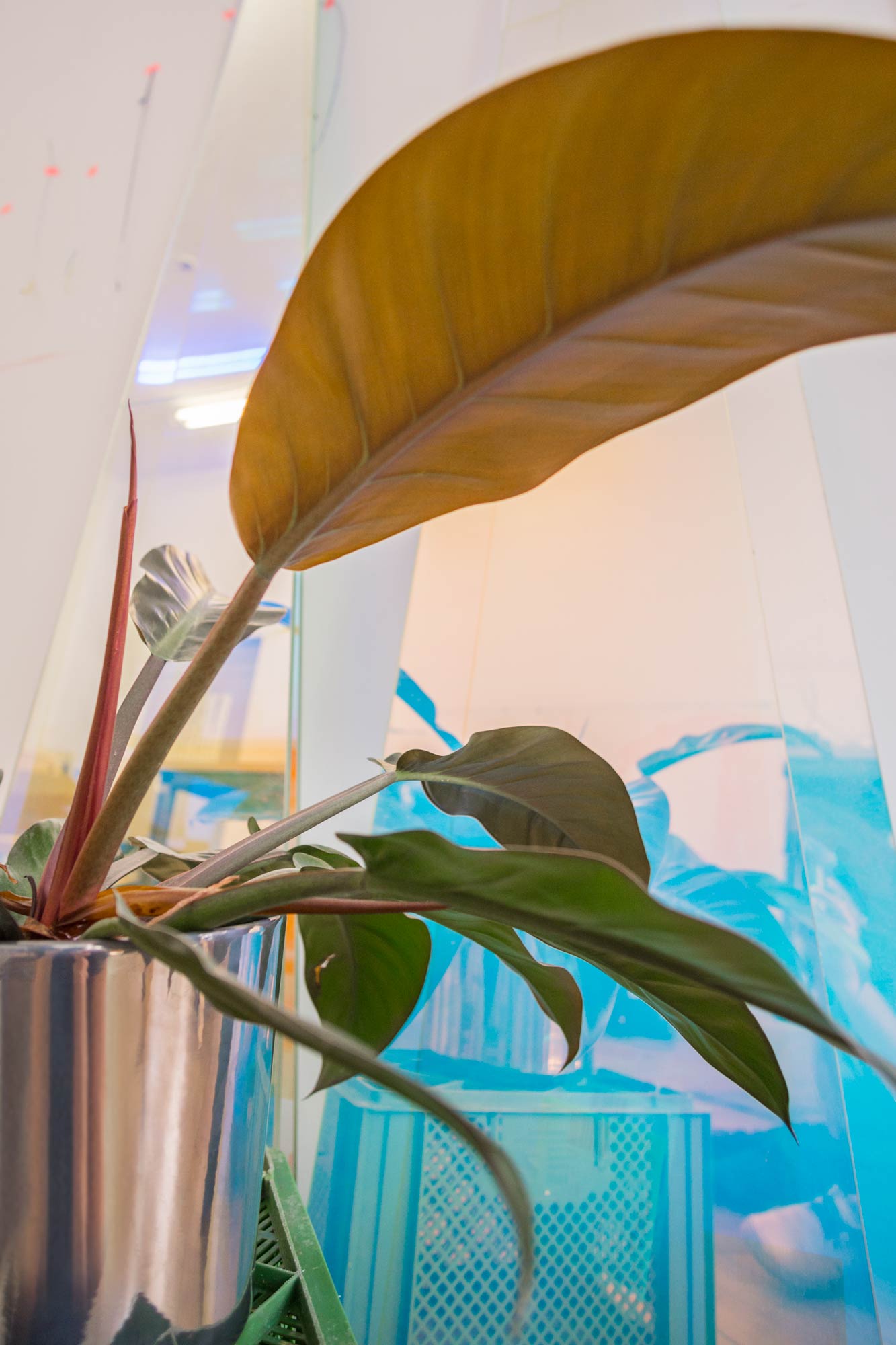
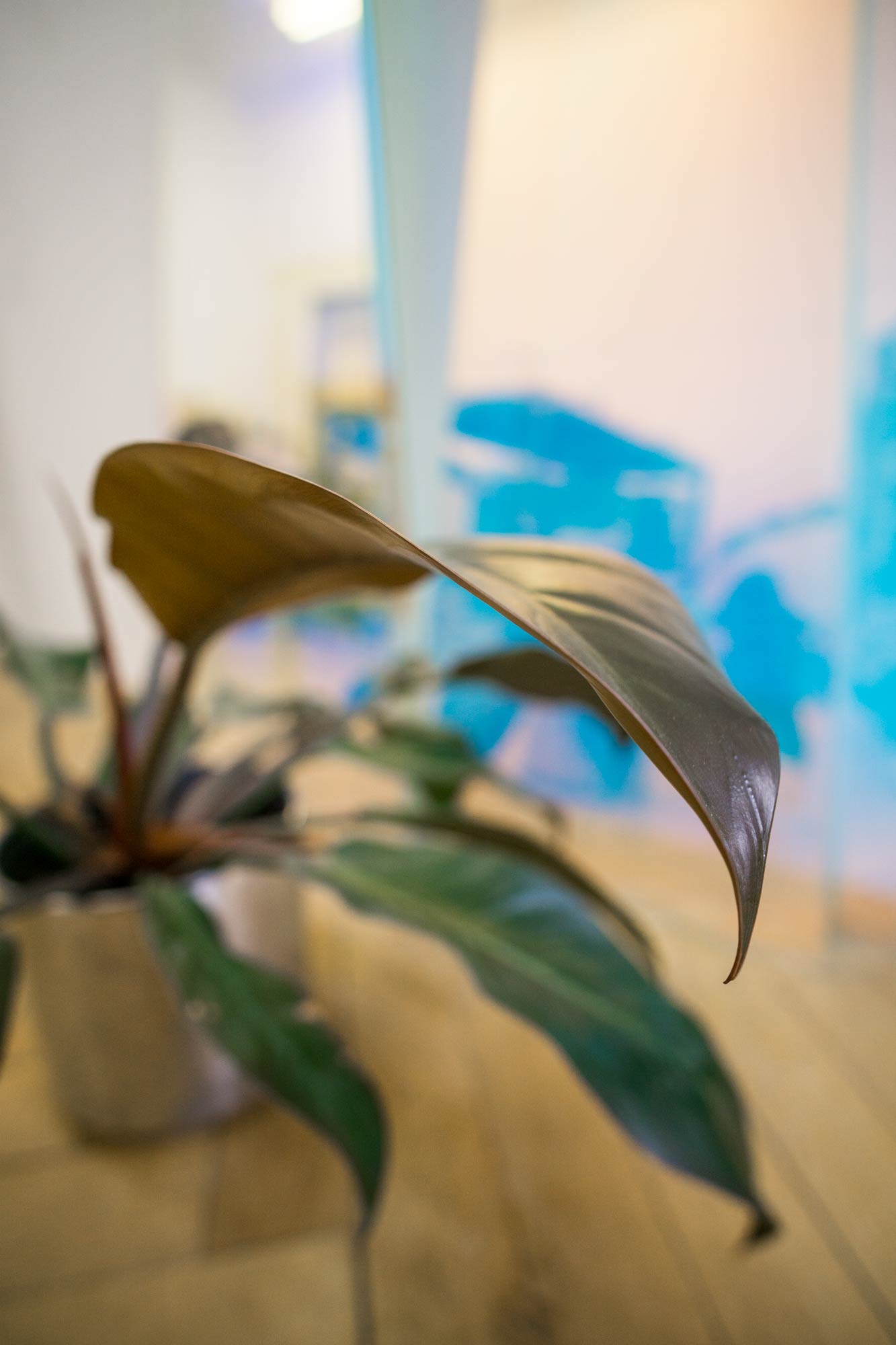
Native to South America, the Rojo Congo prefers partial to shady areas but does not tolerate cold temperatures. This low maintenance perennial makes an excellent houseplant thanks to its sculptural appearance and good looks, plus it keeps the air clean while doing so.
Caring for your Philodendron Rojo Congo
Names: Philodendron Rojo Congo.
Family: Araceae, native to South America.
Water: Regular or weekly interval, ensuring the soil remains moist, but never soggy.
Location: Shady, temperate areas. Diffused natural or indirect sunlight like a northern exposure as direct sun will cause leaf burn.
Soil: Fast draining acidic to neutral soil.
Toxicity: Toxic to pets and children.
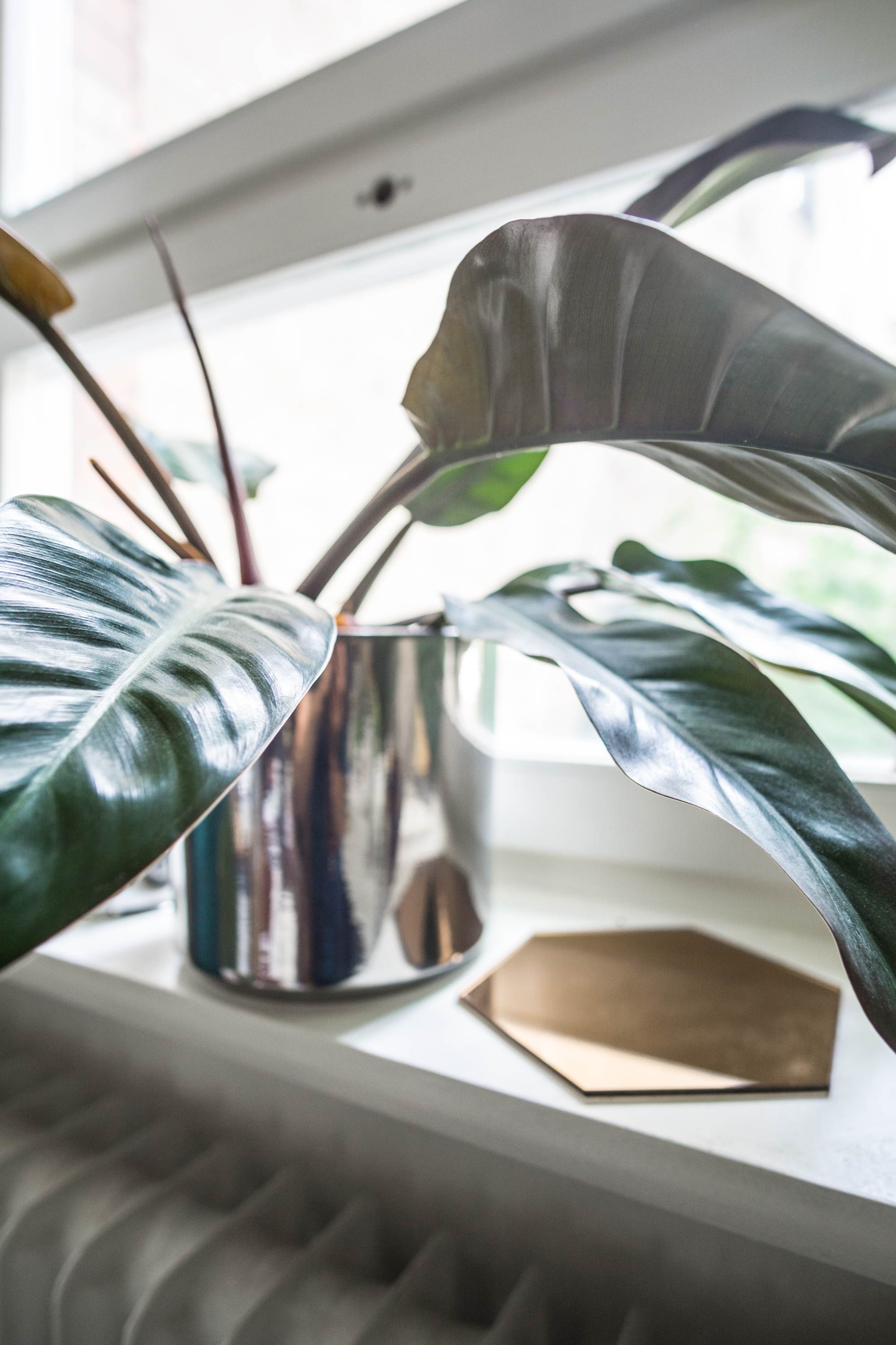
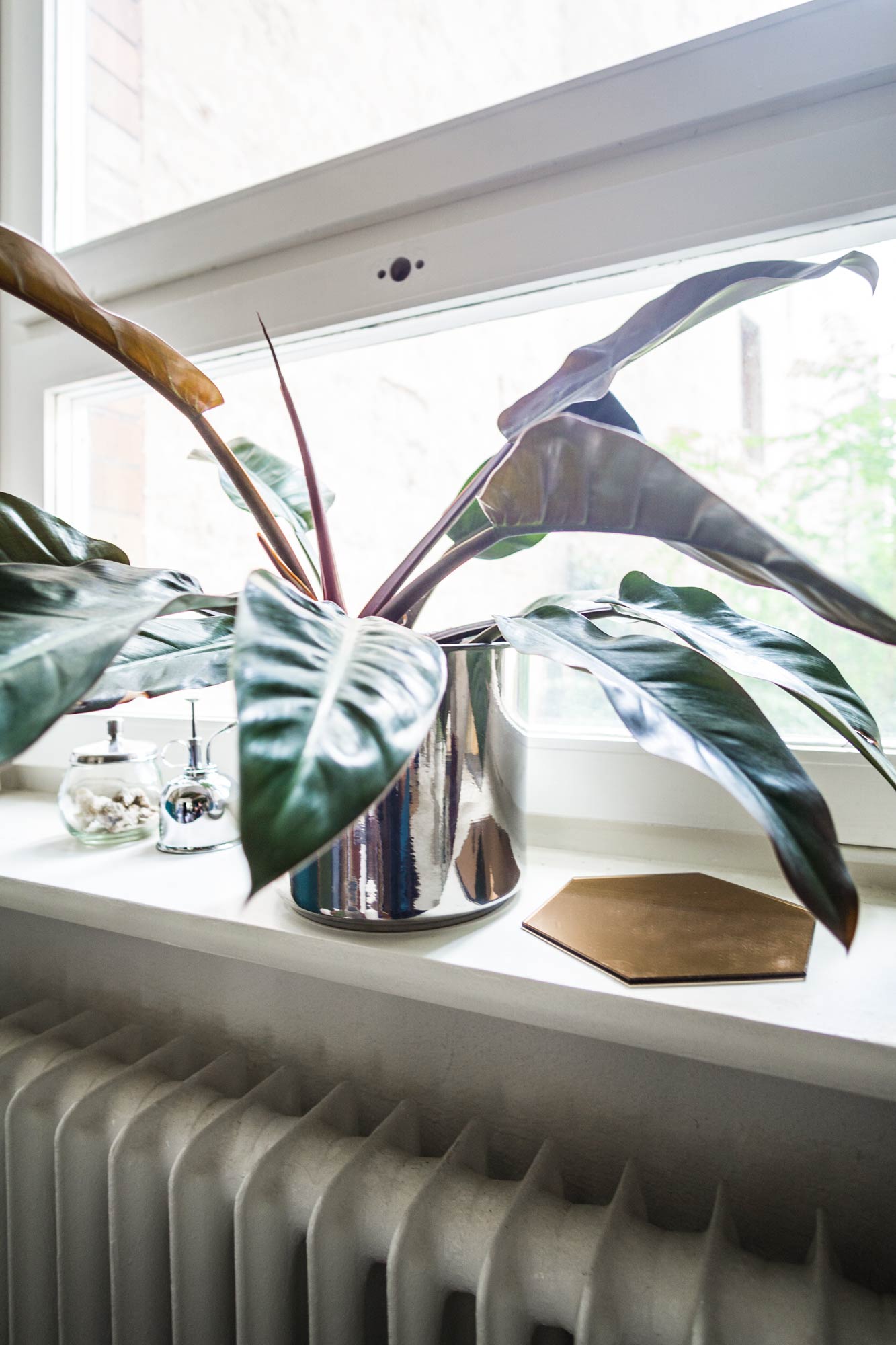
Troubleshooting
Soft green droopy leaves:Your plant needs some water. Give if a good dousing and it should perk up quickly.
Yellow droopy leaves: Could be due to overwatering. Check your pot to ensure that it drains well and that your plant is not sitting in water. Always feel the soil with your finger before water. If the soil is wet, or moist, do not add water – this will cause the roots to rot.
Brown crispy spots on leaves: Leaf burn from too much direct sun. Move your plant to a bright but not sunny spot with indirect light.
Few leafs dropping off at the bottom but the other leafs look healthy: A healthy plant will at times drop off older leaves. If the rest of the plant is healthy, it should not cause worries.
Saggy, drooping leaves even after watering: Your plant may at some point get too big for its pot. If the plant looks otherwise healthy, but a little lethargic, consider wether it might be time to give it a slightly larger home. If this is not the case a nitrogen fertiliser could help rejuvenate it.
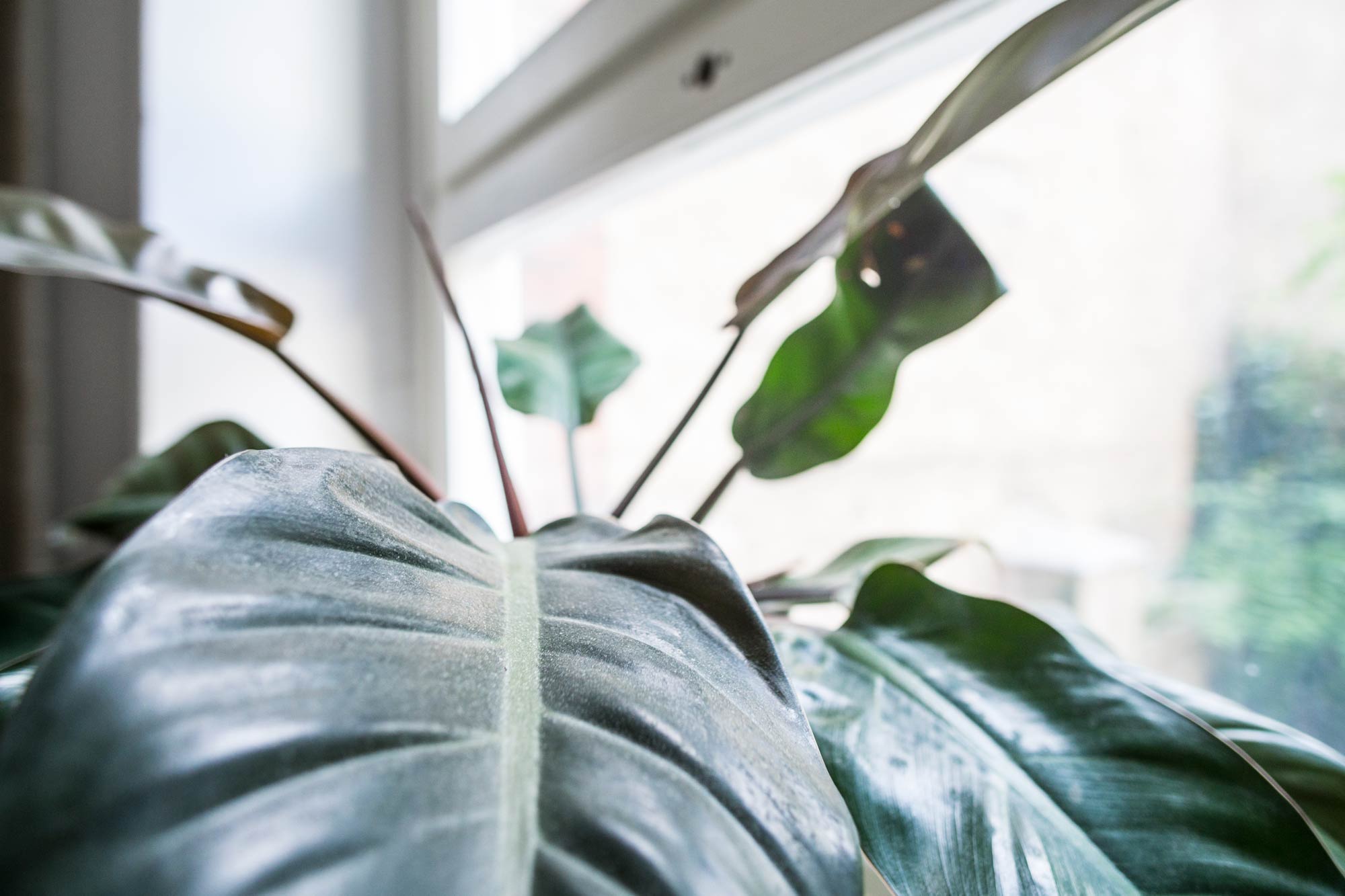
Text & Photography © Barbara Cilliers
Wild about plants?
Sign up to the newsletter for inspirational content and more tips and tales of nature’s babies.

